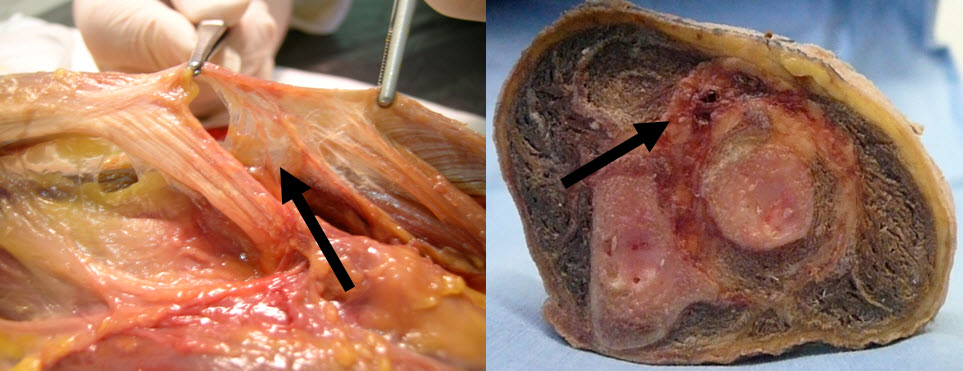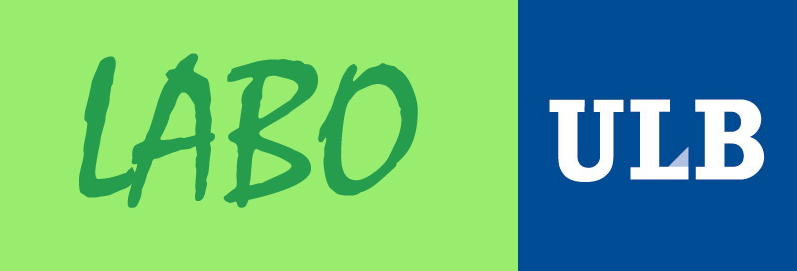Biomechanical analysis of fascia and aponeurosis
The aim of our research is to investigate the anatomical and biomechanical aspects of various fasciae and aponeurosis of the upper limb. The anatomical part is currently performed on the lacertus fibrosus (part of the biceps brachials m.) and the expansion of the triceps brachii m. by observation on transverse sections and dissections of fresh-frozen cadavers. Morphometric analyses are also performed to obtain statistical results. Biomechanical measurements are currently running to understand the role of the lacertus fibrosus. A fresh specimen, including a entire upper limb, is rigidly attached to the experimental jig. The tendons of the biceps brachii, the triceps brachii and the brachialis are connected with fishing wire to weights to simulate muscle tension. The specimen is then analyzed by a motion capture system to measures amplitude of elbow flexion/extension, and forearm displacements (supination/pronation). Measurements are performed with different muscle weights, before and after section of the lacertus fibrosus . These data are then fused with the specimen 3D bone models obtained from medical imaging using the in-house software lhpFusionBox. Statistical comparison allows then to quantify the motion differences between the untouched specimens and after resection in order to deduce the function of the structures-of-interest.
The images shows a dissection (left) and a transverse section of the forearm (right) with the deep expansion of the biceps brachialis m. visible (arrow). |
 |
Need more information? Please contact ![]() !
!
 Laboratory of Anatomy, Biomechanics and Organogenesis
Laboratory of Anatomy, Biomechanics and Organogenesis